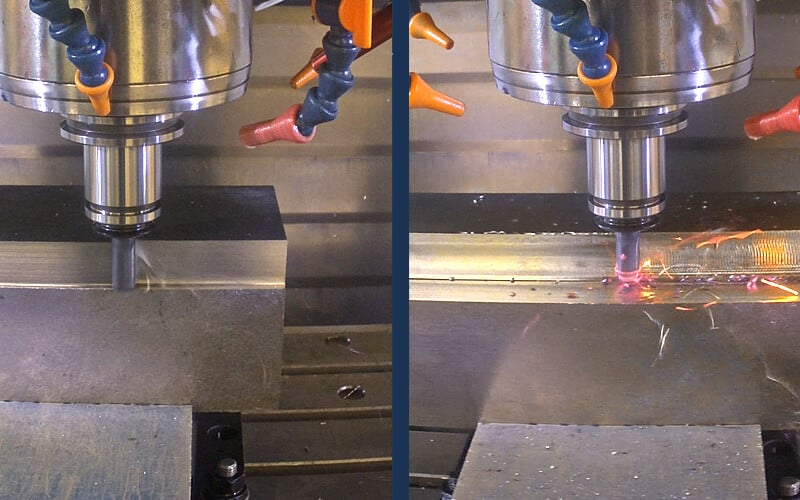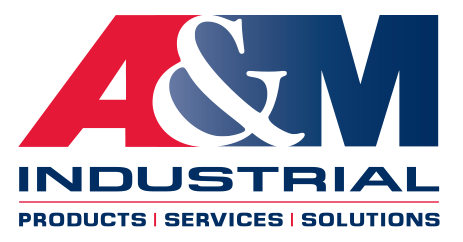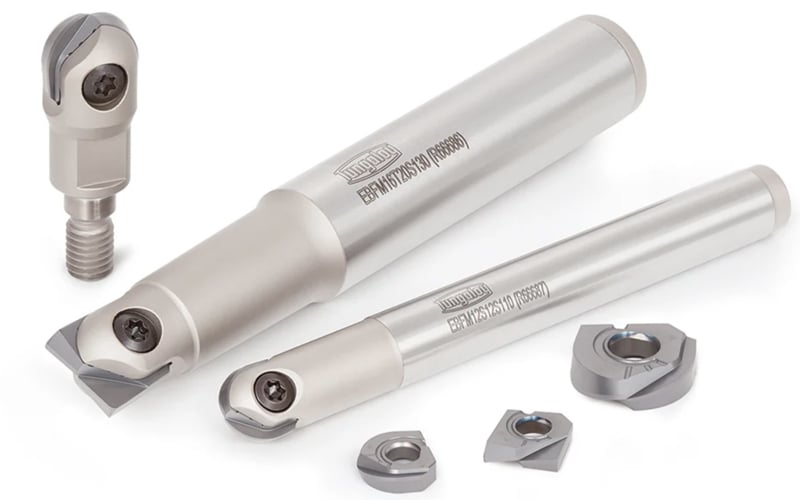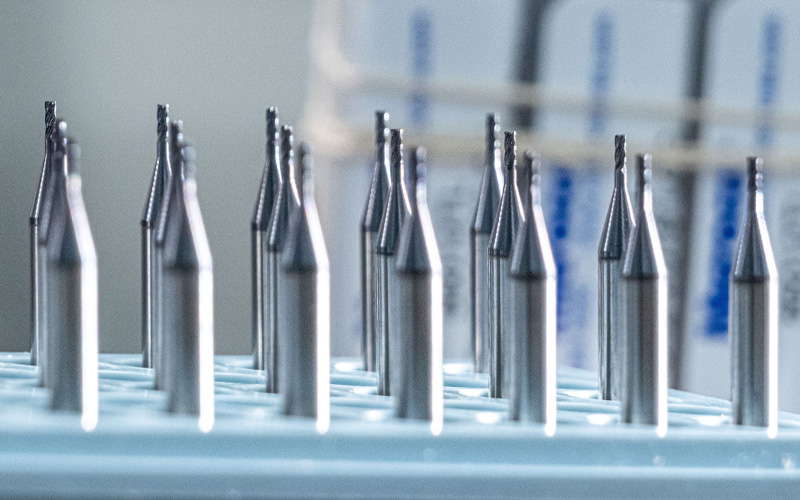Fundamentals Of Speeds And Feeds

In the world of CNC machining, tool wear and damage are constant challenges that can greatly affect productivity and the lifespan of tools. The main factors contributing to these issues are speed and feed. This article explores these concepts in depth, offering CNC machinists a comprehensive guide on how to balance these parameters for optimal performance.
Fundamentals of Speed and Feed
Speed and feed are essential components of the machining process. Speed, measured in revolutions per minute (RPM), indicates the rotational velocity of the tool or the workpiece. Feed, conversely, is the rate at which the tool moves into the material. Proper synchronization of these two parameters is vital; any imbalance can result in accelerated tool wear and less-than-ideal metalworking and machining outcomes.
It's crucial to understand that RPM is a derived value, influenced by both surface speed (or cutting speed, SFM) and the cutter diameter. Surface speed is a more accurate and practical measure for CNC machining because it directly pertains to the tool's interaction with the material. Emphasizing surface speed can offer a more reliable foundation for optimizing machining parameters and help you to reduce cycle time.
Achieving the Optimal Balance
The secret to enhancing both productivity and tool longevity is discovering the optimal balance between speed and feed. Although manufacturers offer speed and feed charts as a starting point, these guidelines are typically conservative and may not consider the many variables encountered in real-world machining environments.
“It’s not about taking your speeds and feeds to the maximum or bringing them all the way down to the minimum. It’s about trying to find that sweet spot that allows you to maximize your productivity and your tool life,” says Jason from Kyocera SGS, who works in Research and Development.
As machinists, we understand that exceeding the recommended parameters can occasionally lead to improved productivity, but it requires a careful balancing act. We must proceed with caution, fine-tuning parameters based on actual outcomes to prevent negative consequences. This intricate balance between prudence and efficiency is what makes our work both challenging and fulfilling.
Diagnosing Tool Wear
Tool wear can be attributed to four primary sources: thermal, abrasive, chemical, and load. For simplicity, we can narrow these down to two main categories: heat and load. Understanding these categories is essential for diagnosing and addressing tool wear effectively.
Heat and Speed: By varying speed while maintaining a constant feed rate, one can observe the impact of increased speed on heat generation. Higher speeds result in greater heat during machining, which can lead to thermal wear.
Load and Feed: Conversely, varying the feed rate while keeping the speed constant illustrates how different feed rates impact the load exerted on the tool. Excessive load can result in mechanical stress and cause wear.
“We can think of speed as heat and feed as load and start that as our process of elimination and investigation,” Jason explains. This structured approach helps machinists systematically diagnose the root causes of wear and implement effective solutions.
Identifying the Causes of Wear
 A detailed analysis of tool damage can be conducted using a chart that correlates speed and feed with various types of wear. The vertical axis represents cutting speed (a primary factor in heat-related issues), while the horizontal axis represents feed rate (a key factor in load-related issues).
A detailed analysis of tool damage can be conducted using a chart that correlates speed and feed with various types of wear. The vertical axis represents cutting speed (a primary factor in heat-related issues), while the horizontal axis represents feed rate (a key factor in load-related issues).
Material Adhesion: Material adhesion occurs at low cutting speeds and low feed rates, where the material has sufficient time and heat to weld itself to the cutting tool.
Cratering: Cratering results from high cutting speeds and low feed rates, caused by thermal chemical reactions.
Chipping and Fracturing: Chipping and fracturing occur at high feed rates and low speeds, leading to excessive load and stress on the tool.
Flank Wear: Friction between the tool and the workpiece generates heat, which can soften the material and cause wear.
Always try to work your speed and feed in balance. This balance is key to maintaining a safe zone that minimizes wear and damage and optimizes machining processes. Balancing speed and feed is essential for optimizing CNC machining processes. By understanding and adjusting these parameters, machinists can enhance tool performance and extend tool life. This analysis underscores the importance of continual adjustment and observation to achieve the optimal balance.
Your partners in Productivity
The A&M Industrial Metalworking Team can help you identify the right Kyocera SGS Precision Cutting Tools for your application. Contact the A&M Industrial Metalworking Team for expert speed and feed recommendations that can optimize your machining and extend tool life.


